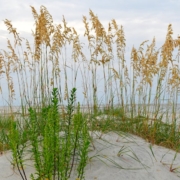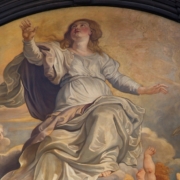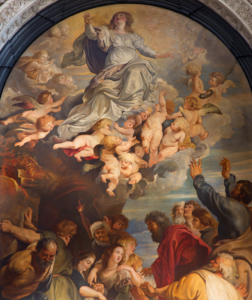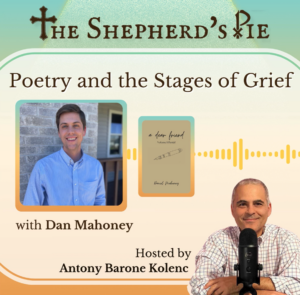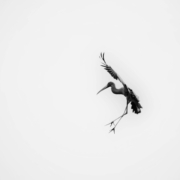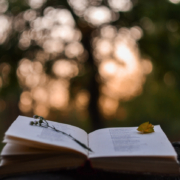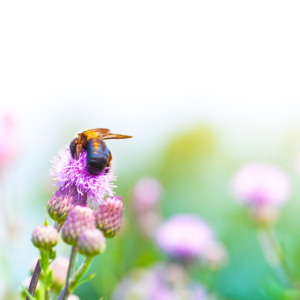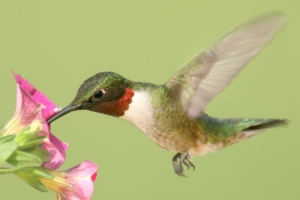Making Peace with the Sea Oats
Making Peace with the Sea Oats
by Paula Veloso Babadi
“Peace I leave with you; my peace I give to you. I do not give to you as the world gives. Do not let your hearts be troubled, and do not let them be afraid.”—John 14:27
Letting go isn’t always easy. I know because I’ve been holding on to a dilapidated container housing sea oats that are at least sixty years removed from the Pensacola dunes where our family picked them. Every time I look at them, I am reminded of a happy childhood, where every Sunday after Mass, my parents, sisters, and I would trek to paradise in our yellow station wagon, packed with a picnic, beach gear, and lots of laughter and singing.
Two years ago, I wrote a poem about those sea oats after realizing that every time I passed by them in my office/library a few more oats would fall to the ground. I questioned why I couldn’t just throw them out. They weren’t just sea oats to me—they were the sun and smile of my parents, the kindness of my sisters who spent their allowances to buy the wicker urn. They were the warmth of our home, the memory of gatherings in the family room (where they sat for years), a lovely complement to the wavy blue colors of the carpet. I knew they were a daily reminder of my wonderful parents and sisters, and I wasn’t ready to let go.
When I complained about the mess the sea oats were making, my sister, Virginia, recommended a couple of years ago that I should take a picture and then dispose of them in a dignified manner. I never did. But after talking with Virginia today, I told her I was ready to let them go and would bury them in my garden in a nice spot where they will enrich the earth. I’ll hold on to my memories, and I am at peace with that gift.
Sea Oats
by Paula Veloso Babadi
More than half a century ago,
they stood tall in a white wicker urn,
salty grain dipping towards the ocean
of my parents’ multi-blue Sears and Roebuck carpet.
Before storms Camille, Opal, and Ivan,
before the erosion of sugar-fine dunes,
before laws forbidding their plucking,
we watched our treasures sway in the air-conditioned breeze
and smiled with memories of their harvest,
on lazy Gulf days by surf, sun, and sea life.
Today, my parents are gone.
The sea oats are withered and sparse
drooping over now-grayed wicker walls,
resting against my crisp white library shelves.
Any breeze might rob them of the last browned seeds,
But parting is not yet an option.
Copyright 2025 Paula Veloso Babadi
Edited by Gabriella Batel
Photo Credit Pexels

